본문
The Colour of Casual Work in the Broadcast Industry
REVOLVING DOORS - Karen Wirsig, Our Times Magazine
To catch a chance at media greatness: it’s the dream that makes life easier for broadcast managers everywhere and lines the pockets of the owners. Workers will put up with a lot if they believe they need their employer more than their employer needs them. And the media is a competitive industry that seems to thrive on chewing people up and spitting them out.
People trying to break into the industry are sometimes happy to grab any chance they can get. But, in some cases, tired of the long hours, the instability, and the lack of control they have over their work, media workers are choosing to join unions. In other cases, they simply move on.
Media managers don’t seem afraid of the revolving door. In fact, they appear to welcome it as a way of ensuring a continuous supply of fresh faces to market to their audiences. But among the people pegged as hot commodities one day and old news the next are the workers with the least power and with some of the most troubling stories from the front-lines.
In her quest for full-time, secure employment in the media industry, Banzon (not her real name) is far from alone. Indeed, working in the media, both private and public, has all the same pitfalls as in any other contemporary industry, whether you’re shooting footage, reporting, editing, producing, engineering, hosting, selling ads, scheduling or accounting. With the promise of long-
term employment reserved for fewer and fewer workers, insecure contract and casual jobs are where it’s at especially, it seems, if you are a worker of colour like Banzon.
Recruiting people to be the flavour of the month while trying to maintain the utmost control over hiring and firing is the way many media outlets are operating these days. Increasingly, broadcasters are understanding that it makes sense for them to hire people of colour to reflect the audiences in Canada’s largest cities. But for the workers themselves, it can feel like a set-up.
There are no definitive statistics on who is getting jobs in the Canadian broadcast industry and who is staying. However, anecdotal evidence suggests that people of colour and women are more likely to find themselves in temporary jobs with little or no security. This is as true at Canada’s national public broadcaster, the CBC, as it is at private stations.
Toronto documentary filmmaker Min Sook Lee, who has worked in public, private, and community-based broadcasting, points out that there are two competing issues when it comes to hiring people of colour: systemic racism and the economic imperative of putting people of colour on the airwaves.
“For the past few years there has been a palpable shift in casting people of colour in front of the news camera as reporters and anchors,” says Lee. “Where the colour lines are drawn is often in the technical categories, the upper management levels, and the senior production levels. Here,
the population remains homogenous, racially. Most news camera people are men. Most senior producers of news are white. Most executive producers of news are white.
“The hiring of people of colour is the old ‘new wave’ in media, but, because media work is becoming more based on contracts, we are more often the ones with the least seniority. And I think the media industry is like any industry: people in power generally look to replicate
themselves racially, culturally, etc.”
Media workers who lack job security and seniority have less control over the content of their work. It is a situation that contributes to the tokenization of issues that affect people of colour and thus a “dumbing down” of information, says Datejie Green, a current affairs and
documentary producer and the Canadian Media Guild’s human rights and equity director.
“From my experience, the tone gets set right at the time of hiring. The exec pumps you for information on how to reach people in communities that are under-served. You are given the full impression that those new ideas and untold stories will be valued. But, in reality, those stories
are only there as a back-up. The status quo perspective remains the core of programming.
“Occasionally, as you work along trying to be creative on a daily basis, they’ll come back to you, but when they want something ‘entertaining,’ ‘cute’ or sensationalist. More often than not, they don’t allow people of colour to work on serious journalism.”
“You are left with two options,” Green says. “One is to forget who you are, go with the flow and be as much like them as possible to secure your job. The other is to stay true to yourself and stick to your knowledge and ideas that you know ring true for many communities in Canada.
But the second option is less popular and therefore it means risking your job security every hour of the
day.”
People who work behind the scenes in the media are also feeling squeezed by their employers’ fairweather commitment to a diverse workplace. Amy Paris (not her real name) works in administration for a specialty cable channel that has a practice of hiring women of colour.
Unfortunately, the fact of hiring a diverse workforce has not translated into respectful and equitable policies in the workplace. “I have seen no development in my career,” says Paris, who has worked for the station for four years. She has been passed over for training in favour of a
more recently hired colleague who looks like the managers.
“I’m really happy we are unionized,” she adds, and expresses hope that the CMG will enforce an end to favouritism and help make professional development available to everyone.
Combatting racism in the workplace is an uphill battle, even for unionized shops. Unions typically need active involvement by their members of colour to raise the issues and to garner the workplace support needed to fight for strategies that will bring about a change. Often this
means doing as much work inside the union as inside the workplace. And it’s especially not easy for workers of colour to be active in an anti-racism campaign when their jobs are tenuous. Says Green: “This is a vicious cycle that employers are counting on and benefit from.”
Broadcast employers are not shy about pushing for the casualization of their industry. Job security is one of the main issues on the table in the current round of contract talks between the CBC and its employees, who have been bargaining for more than a year. CBC management,
looking for “operational flexibility,” has been pushing for a provision in the new agreement that would allow the public broadcaster to hire virtually all new employees on contract.
Meanwhile, TV station Toronto 1 fought at the Canada Industrial Relations Board (CIRB) to keep its current affairs employees out of the station’s new bargaining unit. Quebecor, the owner, argued that the working conditions of the current affairs staff don’t “lend themselves to ‘collective’ bargaining, as most features of (current affairs staff members’) employment are dictated by personal individual characteristics, from personal appearance (to) behaviour and popularity, as well as their creativity.”
Read: “We want to be able to get rid of people when we want, and we certainly don’t want to be on the hook for finding them other work if we decide to change our programming.”
“I don’t think experience counts for that much in the world of TV today,” says Carmel Smyth, who helped organize Toronto 1 for the CMG this year. The guild applied in April to represent more than 80 technicians, hosts and reporters after a card-signing drive elicited support from
more than 50 per cent of non-management employees.
Quebecor didn’t get its way when the CIRB granted interim certification to the CMG in June to represent operations and current affairs employees. However, the station had already announced programming changes to take effect this
summer and laid off a significant number of current affairs staff.
The local TV station, launched in the autumn of 2003 by Craig Media and sold to Quebecor in 2004, has a young and diverse workforce and has become known for its revolving door. “Do they want a permanent job with good money? Absolutely,” Smyth says of the station’s employees. “Would they stay if they could? Probably. They want respect,” Smyth adds. “They don’t like getting arbitrary orders and they are worried about layoffs every day.”
Smyth thinks managers like the idea of continuously hiring young people into media jobs because there is a sense “they are easy to push around.” However, seeing big differences in the salaries of people doing essentially the same work, as well as unfair shift assignments, has turned many younger workers on to the idea of joining a union.
One of the challenges at Toronto 1 was that the ethos of temporary employment in the media industry had spread beyond management into the ranks of front-line workers. Even card-signers who believe in trying to make the station a better place to work think there are greener pastures somewhere else, and leave. “The problem is, it’s the same everywhere,” Smyth says.
There is at least one bright spot emerging in the Canadian broadcast industry: the Aboriginal Peoples Television Network, which recently applied for a renewal of its broadcast license with unqualified support from employees. The station hopes to get an increase in cable subscription
fees, in part to finance additional news bureaus across the country. Like Toronto 1, most of APTN’s programming is bought from outside and network employees work on flagship news and current affairs programs.
APTN had a rocky start after going on the air in 1999. The network ran into financial difficulty and contemplated mass layoffs around the time the editorial staff joined the guild in 2002. The operations bargaining unit was certified in 2004.
“The main issues we were fighting for were overtime and job security,” says CMG member Russell Wells, who works in graphics and is APTN branch president for the union. “The network was in a severe deficit and wasn’t able to maintain business relations with its suppliers. Many of
us felt a union was necessary to protect our jobs and seniority.”
“I can’t think of anywhere I’d rather be,” says Greg Taylor, a videojournalist with APTN, in Ottawa. “It’s the only place I’ll ever be able to do stories about M‚tis on a regular basis. Why would I leave? In mainstream journalism, it would take up almost a whole piece to do the
background on a story (about an aboriginal issue). At APTN, you can assume the knowledge is there and do more in-depth pieces.”
Taylor says that, at APTN, the discussion about what is involved in making news is very inclusive. “It really is a bottom-up process.” Members of the operations crew are known to contribute story ideas because they live in the communities APTN covers. The result is a less alienating workplace culture for news gatherers than the ones found in more traditional, top-down newsrooms.
APTN is also making an effort to develop skills and experience among aboriginal broadcast workers and to promote aboriginal people into management positions. “People are now talking about a career at APTN,” says Taylor. And that’s particularly significant, considering that aboriginal people are under-represented in the mainstream media workforce.
“I enjoy the work I do at the CBC, but it’s unfortunate there’s nothing permanent,” says Marie Banzon, a recent immigrant and experienced reporter who works on contract for the public broadcaster, whose workers are represented by the Canadian Media Guild. “We have a lot of people who are casual so, if the CBC needed to cut more people, they could do it very easily.
However, how the actual work would be done is a different problem.”
Meanwhile, back at the CBC, TV reporter Marie Banzon is hanging on in a career that has not offered her any security as a reward for her hard work and flexibility. She was first hired more than two and a half years ago at the CBC to work on a story because her language skills were
needed. After that, she completed a six-week internship with the broadcaster in the hopes that she would get hired on full-time, or at least get contract work. The employer hadn’t promised her anything, but she was still disappointed at not hearing from them after her internship was over.
“To keep my foot in the door, I freelanced for 10 months,” says Banzon. “Then I finally got my first contract, for about five months.” That contract was extended for a few weeks and then Banzon was again thrown back into the world of casual and freelance work. “Recently,” she says, “I got another five-month contract.” Banzon is still trying to land a full-time gig.
Karen Wirsig is the communications coordinator for the Canadian Media Guild (www.cmg.ca)
Posted by: Derek Blackadder (Profile) | @ Sat, 27 Aug 2005 14:04:
|
Missing or dead in Gurgaon |
| OUR SPECIAL CORRESPONDENT |
 |
| A Honda worker being beaten up by police. (PTI) |
New Delhi, Aug. 26: At least 17 workers of Honda Motorcycles and Scooters India are still missing after the July 25 police baton-charge and should be presumed dead, a non-official probe says.
The Haryana government, which has not carried out an inquiry into the beating, has denied that anyone was killed. But the Citizens’ Committee — made up of labour leaders, social activists and academics – asks the state authorities to either trace the missing workers or consider them dead and compensate the families.
According to Honda union members, however, the number of missing workers is 28.
“We have tried to find them without any success. We’ll make one last-ditch attempt to ascertain their fate,” said Surinder Singh, union vice-president, whom the police allegedly presumed dead and dumped on a hillock on the day of the lathi-charge.
Some 800 workers of the Japanese company were caned after they ringed the mini-secretariat in Gurgaon to protest against police action earlier in the day to break a highway blockade.
“No deputy commissioner can garner the courage to order a lathi-charge on sitting workers without having the protection of higher-ups,” said JNU professor Kamal Mitra Chenoy, a member of the committee, whose report has already been sent to the National Human Rights Commission. “According to the police manual, (a) lathi-charge can be ordered only if methods like teargas and water cannon have failed.”
The union’s advocate, R. Pathak, claims he saw a worker being killed in custody. “One of the injured workers, Subhash Dewan, was beaten up mercilessly in front of my eyes and was given third-degree treatment in the lock-up. When he succumbed, the police burnt his body by dousing kerosene.”
Pathak was booked on the charge of attempt to murder after he said the deputy commissioner, too, was hitting workers with a stick. He alleges he was tortured in the lock-up.
Pathak said the Gurgaon deputy commissioner, Sudhir Rajpal, and senior superintendent of police Yogendra Nehra have been given plum postings, as administrator of the Haryana Urban Development Authority and senior superintendent of police, vigilance, respectively. The committee’s report demands suspension of both, an inquiry against them and severe punishment if found guilty.
The report also asks that a mechanism be devised to establish the government’s responsibility in such instances. |





 GEFONT Chairperson Mukunda Neupane has been arrested by the Royal administration today from the frontline of the protest rally organized by Seven Party coalition for the restoration of full democracy & peace. Along with him, several senior leaders of CPN-UML and NC as well as other parties of the coalition have been arrested. Activists from mass organizations and political parties in a large number exceeding more than 300 persons are arrested today on September 5, 2005.
GEFONT Chairperson Mukunda Neupane has been arrested by the Royal administration today from the frontline of the protest rally organized by Seven Party coalition for the restoration of full democracy & peace. Along with him, several senior leaders of CPN-UML and NC as well as other parties of the coalition have been arrested. Activists from mass organizations and political parties in a large number exceeding more than 300 persons are arrested today on September 5, 2005. 








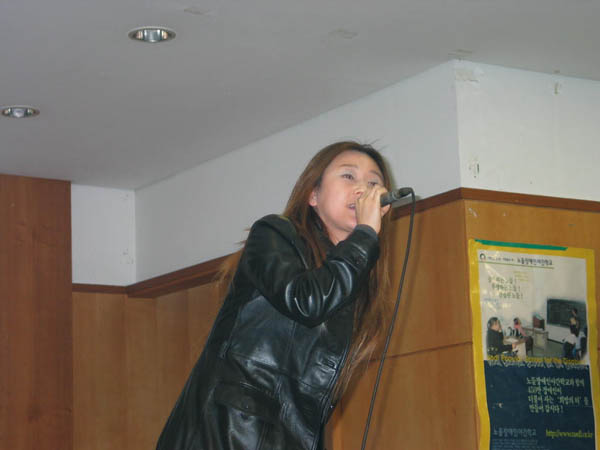
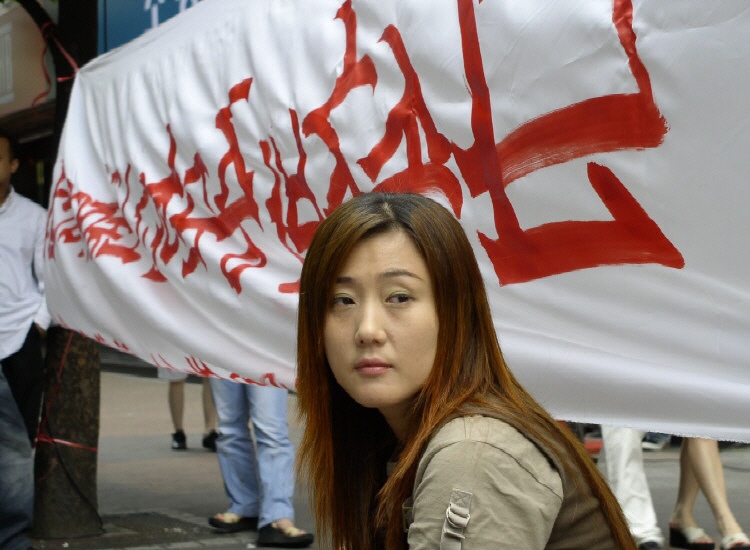



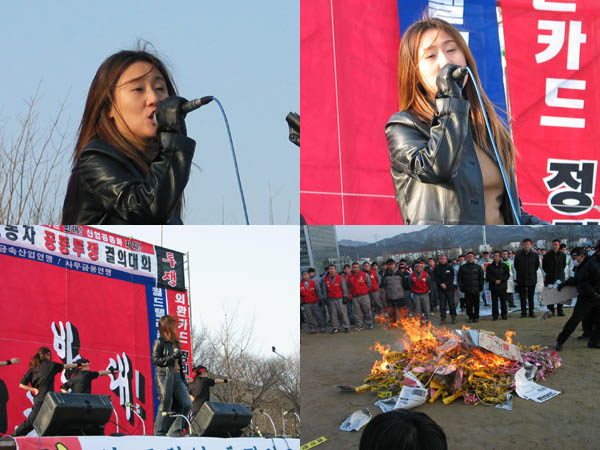


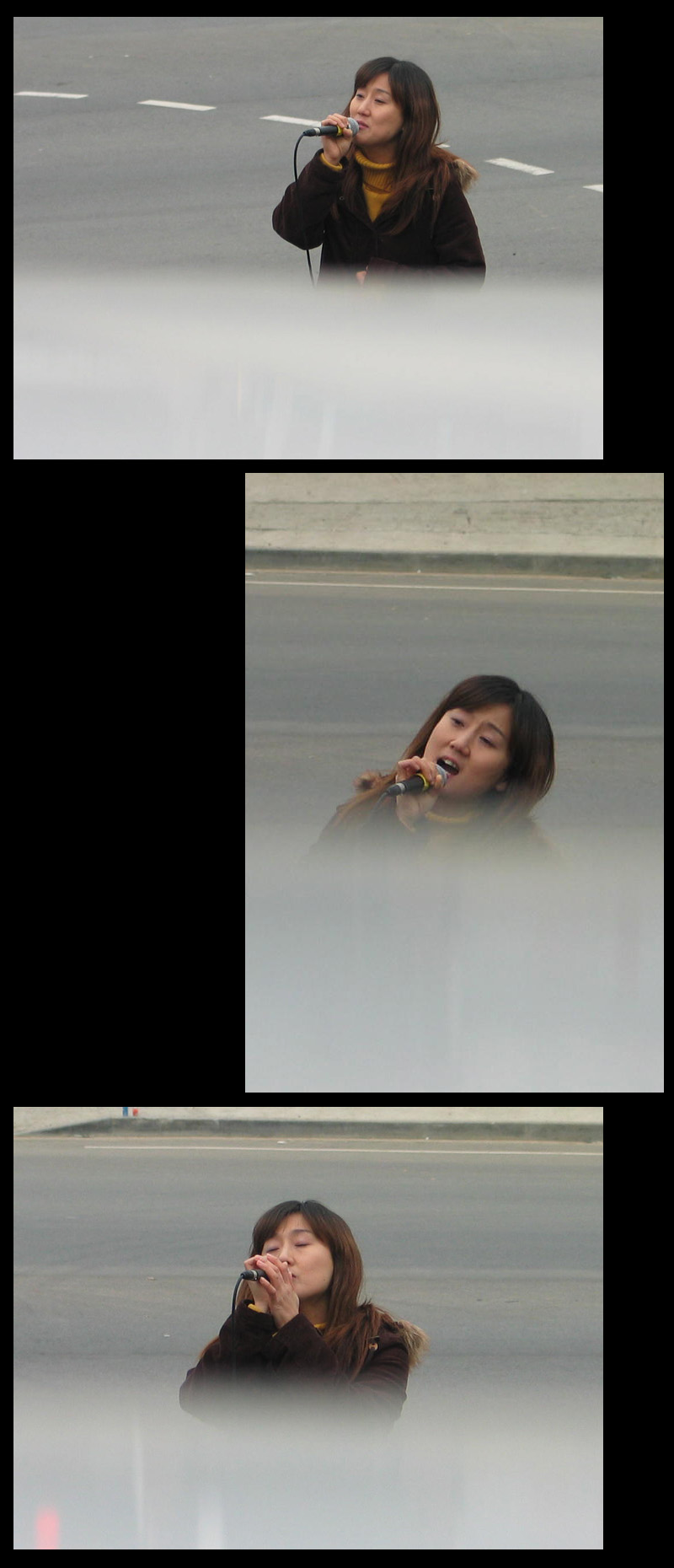


 morning, killing at least 150 people and injuring 800 more, police and railway officials have said.
morning, killing at least 150 people and injuring 800 more, police and railway officials have said. that could lead them to the architect of the attacks, the UK's Press Association said.
that could lead them to the architect of the attacks, the UK's Press Association said.  Brad Pitt has been hospitalized with a flu-like illness.
Brad Pitt has been hospitalized with a flu-like illness.



 Plane fire footage
Plane fire footage

 윤성효(cjnews) 기자
윤성효(cjnews) 기자 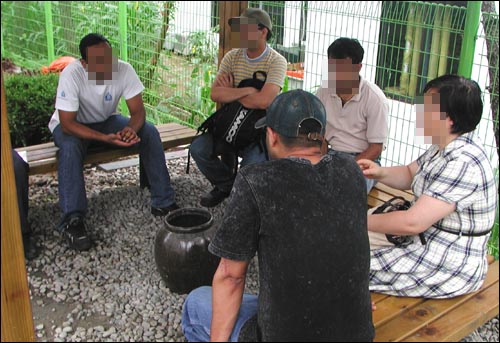
 Brussels, 1 July 2005 (ICFTU OnLine): More than 250,000 people have taken part in public protests over the past two days against the conservative Australian Federal Government’s plans to remove protection from unfair dismissal for most workers, impose heavy restrictions on union organising and collective bargaining rights, push workers onto individual employment contracts and weaken mechanisms for setting minimum wages.
Brussels, 1 July 2005 (ICFTU OnLine): More than 250,000 people have taken part in public protests over the past two days against the conservative Australian Federal Government’s plans to remove protection from unfair dismissal for most workers, impose heavy restrictions on union organising and collective bargaining rights, push workers onto individual employment contracts and weaken mechanisms for setting minimum wages. 






댓글 목록
관리 메뉴
본문
ya, shi... i miss you so much..i wanna be back home...
i wanna meet you and all the other comrades..
부가 정보
관리 메뉴
본문
hi kristain how ru?miss u alots thankx for mess how is the days passed in german.may i know yours tel plz ?i will call you.my dear comrade where ever you r but always happiness and healthyness.see u again .부가 정보